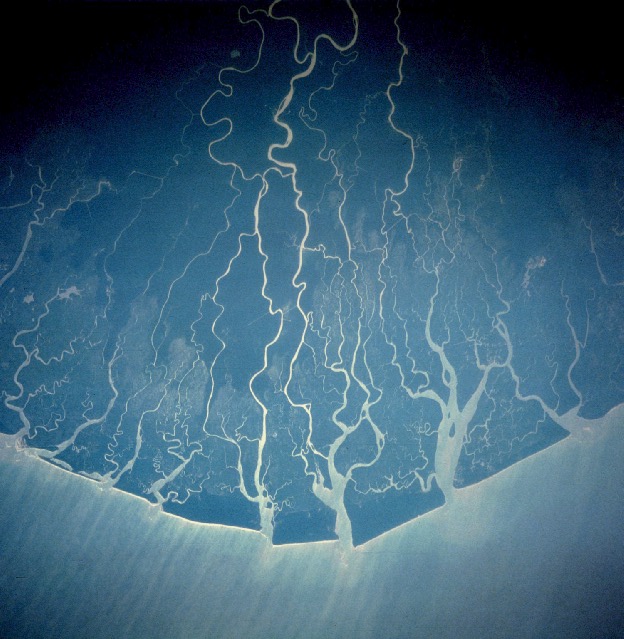|
Zehneria Capillacea
''Zehneria capillacea'' is a herbaceous climbing herb of the Cucurbitaceae family native to many countries in West and Central Africa. Description The plant is a slender climbing herb that can grow up to . The leaf outline is triangular with a hastate base and a deep green color. The fruit shape is elliptical and color is usually green or dark green. Uses Leaf extracts from the herb are used as ingredients to prepare certain vegetable soups in the Niger Delta The Niger Delta is the delta of the Niger River sitting directly on the Gulf of Guinea on the Atlantic Ocean in Nigeria. It is located within nine coastal southern Nigerian states, which include: all six states from the South South geopolitic ... region of Nigeria. References {{Taxonbar, from=Q15538673 Flora of West Tropical Africa capillacea ... [...More Info...] [...Related Items...] OR: [Wikipedia] [Google] [Baidu] |
Herbaceous Plant
Herbaceous plants are vascular plants that have no persistent wood, woody stems above ground. This broad category of plants includes many perennial plant, perennials, and nearly all Annual plant, annuals and Biennial plant, biennials. Definitions of "herb" and "herbaceous" The fourth edition of the ''Shorter Oxford English Dictionary'' defines "herb" as: #"A plant whose stem does not become woody and persistent (as in a tree or shrub) but remains soft and succulent, and dies (completely or down to the root) after flowering"; #"A (freq. aromatic) plant used for flavouring or scent, in medicine, etc.". (See: Herb) The same dictionary defines "herbaceous" as: #"Of the nature of a herb; esp. not forming a woody stem but dying down to the root each year"; #"BOTANY Resembling a leaf in colour or texture. Opp. Glossary of botanical terms#scarious, scarious". Botanical sources differ from each other on the definition of "herb". For instance, the Hunt Institute for Botanical Documentatio ... [...More Info...] [...Related Items...] OR: [Wikipedia] [Google] [Baidu] |
Cucurbitaceae
The Cucurbitaceae, also called cucurbits or the gourd family, are a plant family consisting of about 965 species in around 95 genera, of which the most important to humans are: *''Cucurbita'' – squash, pumpkin, zucchini, some gourds *'' Lagenaria'' – calabash, and others that are inedible *'' Citrullus'' – watermelon (''C. lanatus'', ''C. colocynthis'') and others *'' Cucumis'' – cucumber (''C. sativus''), various melons and vines *'' Momordica'' – bitter melon *'' Luffa'' – the common name is also luffa, sometimes spelled loofah (when fully ripened, two species of this fibrous fruit are the source of the loofah scrubbing sponge) *'' Cyclanthera'' – Caigua The plants in this family are grown around the tropics and in temperate areas, where those with edible fruits were among the earliest cultivated plants in both the Old and New Worlds. The family Cucurbitaceae ranks among the highest of plant families for number and percentage of species used as human food. The ... [...More Info...] [...Related Items...] OR: [Wikipedia] [Google] [Baidu] |
Niger Delta
The Niger Delta is the delta of the Niger River sitting directly on the Gulf of Guinea on the Atlantic Ocean in Nigeria. It is located within nine coastal southern Nigerian states, which include: all six states from the South South geopolitical zone, one state ( Ondo) from South West geopolitical zone and two states (Abia and Imo) from South East geopolitical zone. The Niger Delta is a very densely populated region sometimes called the Oil Rivers because it was once a major producer of palm oil. The area was the British Oil Rivers Protectorate from 1885 until 1893, when it was expanded and became the Niger Coast Protectorate. The delta is a petroleum-rich region and has been the center of international concern over pollution that has resulted principally from major oil spills of multinational corporations of the petroleum industry. Geography The Niger Delta, as now defined officially by the Nigerian government, extends over about and makes up 7.5% of Nigeria's land ma ... [...More Info...] [...Related Items...] OR: [Wikipedia] [Google] [Baidu] |
Flora Of West Tropical Africa
Flora is all the plant life present in a particular region or time, generally the naturally occurring ( indigenous) native plants. Sometimes bacteria and fungi are also referred to as flora, as in the terms ''gut flora'' or ''skin flora''. Etymology The word "flora" comes from the Latin name of Flora, the goddess of plants, flowers, and fertility in Roman mythology. The technical term "flora" is then derived from a metonymy of this goddess at the end of the sixteenth century. It was first used in poetry to denote the natural vegetation of an area, but soon also assumed the meaning of a work cataloguing such vegetation. Moreover, "Flora" was used to refer to the flowers of an artificial garden in the seventeenth century. The distinction between vegetation (the general appearance of a community) and flora (the taxonomic composition of a community) was first made by Jules Thurmann (1849). Prior to this, the two terms were used indiscriminately.Thurmann, J. (1849). ''Essai de Ph ... [...More Info...] [...Related Items...] OR: [Wikipedia] [Google] [Baidu] |


